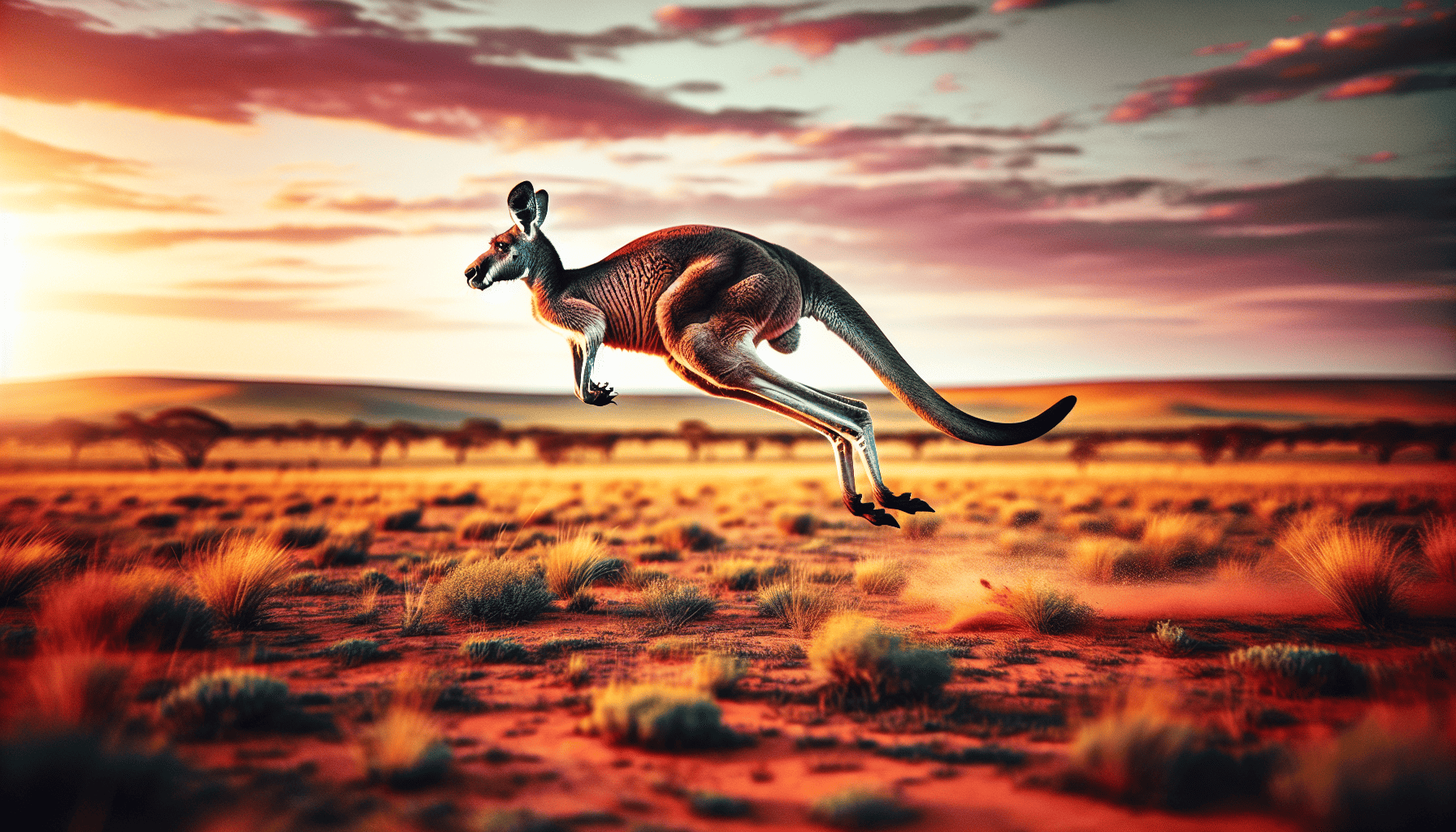Wildlife photography is a rewarding yet challenging pursuit that allows photographers to capture the beauty and majesty of animals in their natural environments. Whether you are a seasoned professional or a budding enthusiast, there are key techniques that can elevate your images and provide you with stunning results. Here’s a comprehensive guide to help you master the art of wildlife photography.
-
Understand Your Subject: Before you set out on your photographic journey, invest time in researching the animals you wish to capture. Understanding their behavior, movements, and habitats will give you a significant advantage. Knowledge about feeding patterns, social structures, and peak activity times can guide you in capturing more authentic moments.
-
Use the Right Equipment: While having the best camera is not mandatory, certain gear can enhance your ability to capture great shots. A DSLR or mirrorless camera with a fast shutter speed is ideal. Equip it with a telephoto lens, preferably 300mm or longer, to photograph distant subjects without disturbing them. Don’t forget sturdy tripods and monopods for stability, especially in low light conditions.
-
Practice Patience and Preparation: Wildlife photography requires immense patience and the willingness to wait for hours to capture the perfect shot. Always be prepared and ready to shoot at any given moment. Having your camera settings adjusted ahead of time allows you to react quickly when an opportunity arises. Be silent and move slowly to minimize stress on animals and improve your chances of observing natural behavior.
-
Composition and Lighting: Pay attention to the basics of composition, such as the rule of thirds, leading lines, and framing, to add depth and interest to your images. When it comes to lighting, the golden hours—just after sunrise and before sunset—offer the best natural light, casting a warm glow and soft shadows that enhance the subject. Avoid harsh midday sun as it can create unwanted glare and harsh contrasts.
-
Focus on the Eyes and Expression: The eyes can tell captivating stories and establish a connection between the subject and the viewer. Ensuring that the eyes are in sharp focus can transform a shot from ordinary to extraordinary. Capturing expressions that embody the animal’s character and emotion adds a layer of storytelling to your work.
-
Capture Movement and Behavior: Action shots present a dynamic view of wildlife. Whether it's a bird taking flight or a cheetah sprinting, aim to freeze the action by using a fast shutter speed. Conversely, you can use slow shutter speeds to create motion blur for a more artistic effect. Documenting behaviors such as hunting, feeding, or social interactions offers insights into the animal's life and creates a powerful narrative.
-
Practice Ethical Photography: Respect for wildlife and their habitats should be a top priority. Avoid invading nests or dens, and maintain a respectful distance, using your zoom lens to observe from afar. Never bait or provoke animals to elicit a reaction, as this disrupts their natural behaviors and can put both you and the wildlife in harm’s way. Always follow local regulations and guidelines when photographing wildlife.
-
Learn Post-Processing Techniques: Post-processing can enhance your images but should be used to bring out the best in your photos, not to create something entirely unrealistic. Techniques such as adjusting exposure, contrast, cropping, and sharpening can improve your image quality and presentation. Software such as Adobe Lightroom or Photoshop offers expansive tools to help you fine-tune your photos.
-
Continuously Learn and Experiment: Wildlife photography is an ever-evolving field, with new techniques and opportunities to explore. Continuously seek inspiration, whether through workshops, online tutorials, or by studying the work of renowned wildlife photographers. Don’t shy away from experimenting with different sites, animal species, and compositions to refine your personal style.
By embracing these tips, you can embark on your wildlife photography journey with confidence and creativity. Remember that each expedition is not just about capturing images but also about the experience of connecting with nature and the stories that unfold before your eyes. Happy shooting!
